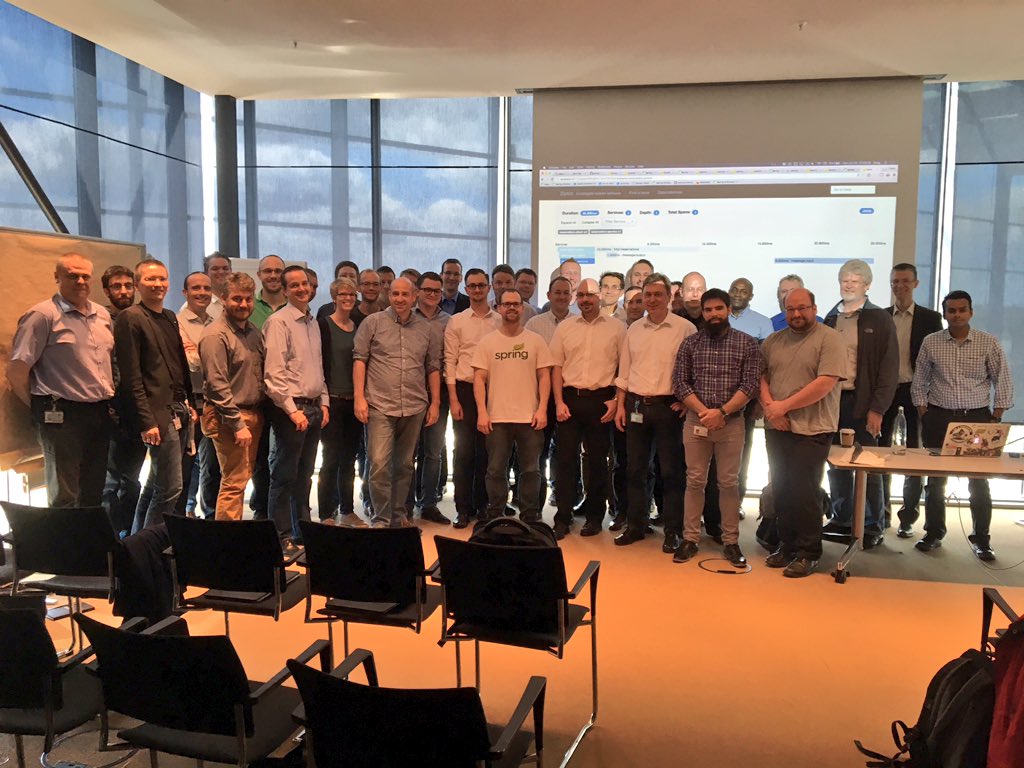Spring Cloud Contract 1.0.0.M1 Released
On behalf of the Spring Cloud team it is my pleasure to announce the 1.0.0.M1 release of the new Spring Cloud project called Spring Cloud Contract. You can grab it from the Spring’s milestone repository or even better - go to start.spring.io and pick it from there.
Spring Cloud Contract
The microservice approach has plenty of benefits but also introduces complexity. This is an inevitable result of working with distributed systems: with increasing complexity inevitably more questions are posed. In this article we show how to test microservices and create a better API by using the Consumer…

